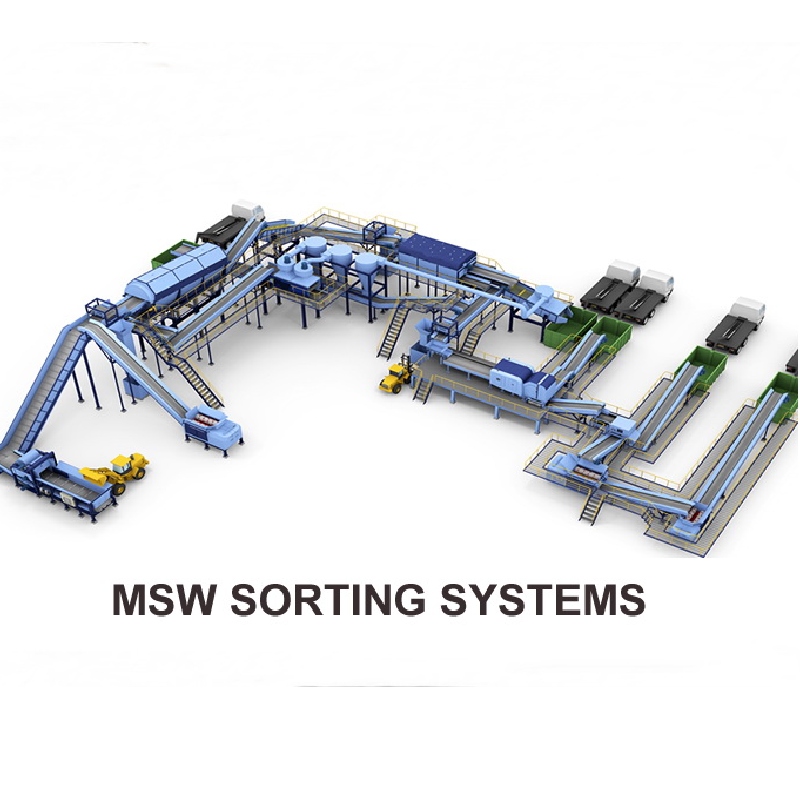

Nov . 27, 2024 20:26 Back to list
The Importance of Double Shaft Shredder Blades in Waste Management
In today's rapidly evolving industrial landscape, efficient waste management has become a critical concern for environmental sustainability. As industries generate increasing amounts of waste, effective disposal and recycling methods are essential. One of the cornerstones of these processes is the double shaft shredder, a machine specifically designed to break down large volumes of waste materials into manageable sizes. At the heart of this machine are its blades, which play a vital role in the shredding process.
Understanding Double Shaft Shredders
A double shaft shredder consists of two parallel shafts driven by a powerful motor. Each shaft has multiple blades or knives that work together to shred materials. This design enables the machine to handle a wide variety of waste types, including plastic, metal, wood, and electronic waste. The double shaft system allows for a more efficient and uniform shredding process compared to single shaft shredders, making these machines particularly valuable in recycling operations.
The Role of Shredder Blades
The blades of a double shaft shredder are crucial components that determine the effectiveness of the shredding process. They come in various shapes and sizes, designed for specific applications and materials. The material used for manufacturing these blades is also significant; robust materials such as high-carbon steel or alloy steel are preferred for their durability and resistance to wear.
The geometry of the blades affects how they interact with the waste materials. Blades can be configured in various ways, such as having straight edges for cutting or serrated edges for tearing. The design choice influences not only the efficiency of the shredding process but also the final size and consistency of the shredded product. For instance, serrated blades are excellent for shredding softer materials, while flat blades are better suited for tougher substances.
Factors Influencing Blade Performance
Several factors influence the performance of double shaft shredder blades

1. Material Hardness The hardness of the diverted materials greatly affects the wear rates of the blades. Both the type of material being shredded and the blades' material must be considered to maximize efficiency and blade life.
2. Operational Speed The speed at which the blades rotate can impact the effectiveness of the shredding process. Faster speeds may lead to better shredding of softer materials but could also generate overheating or excessive wear. Conversely, slower speeds may be more effective for tougher materials.
3. Maintenance Practices Regular maintenance is critical to ensure efficient operation. Dull or damaged blades can lead to increased energy consumption, reduced shredding efficiency, and potential damage to the machine. Operators need to routinely inspect and replace blades as necessary.
4. Load Distribution Uneven load distribution can lead to premature blade wear and malfunctions. Therefore, it's important to monitor the amount and type of material being fed into the shredder.
Advancements in Blade Technology
Innovation in blade design and material technology is paving the way for more efficient and durable shredding solutions. For instance, manufacturers are exploring premium alloys and coatings that enhance wear resistance and prolong the life of the blades. Additionally, advanced engineering techniques allow for the creation of custom blade designs tailored to specific shredding needs.
Modern computational tools are also being utilized to simulate blade performance under various conditions, enabling engineers to optimize blade geometry before production. Such advancements not only increase shredding efficiency but also reduce operational costs for businesses that rely on these machines for waste management.
Conclusion
The significance of double shaft shredder blades cannot be underestimated in the context of industrial waste management. Their design, material, and maintenance directly impact the efficiency of the shredding process and the sustainability of recycling efforts. As industries continue to innovate and adapt to changing environmental regulations, the evolution of shredder blade technology will play a pivotal role in ensuring effective waste reduction and resource recovery. Investing in high-quality blades and implementing best practices in maintenance will ultimately lead to more efficient operations and a cleaner, more sustainable future.
Latest news
eddy-separator-for-non-ferrous-metals
NewsAug.22,2025
e-waste-bin-for-collected-spray-cans-sustainable-disposal-solutions
NewsAug.22,2025
dual-shaft-shredder-with-adjustable-blade-gaps
NewsAug.22,2025
hammer-crusher-machine-with-secondary-crushing
NewsAug.22,2025
copper-granulator-our-promise-of-recycling-excellence
NewsAug.22,2025
industrial-shredders-crafted-for-e-waste-recycling
NewsAug.22,2025